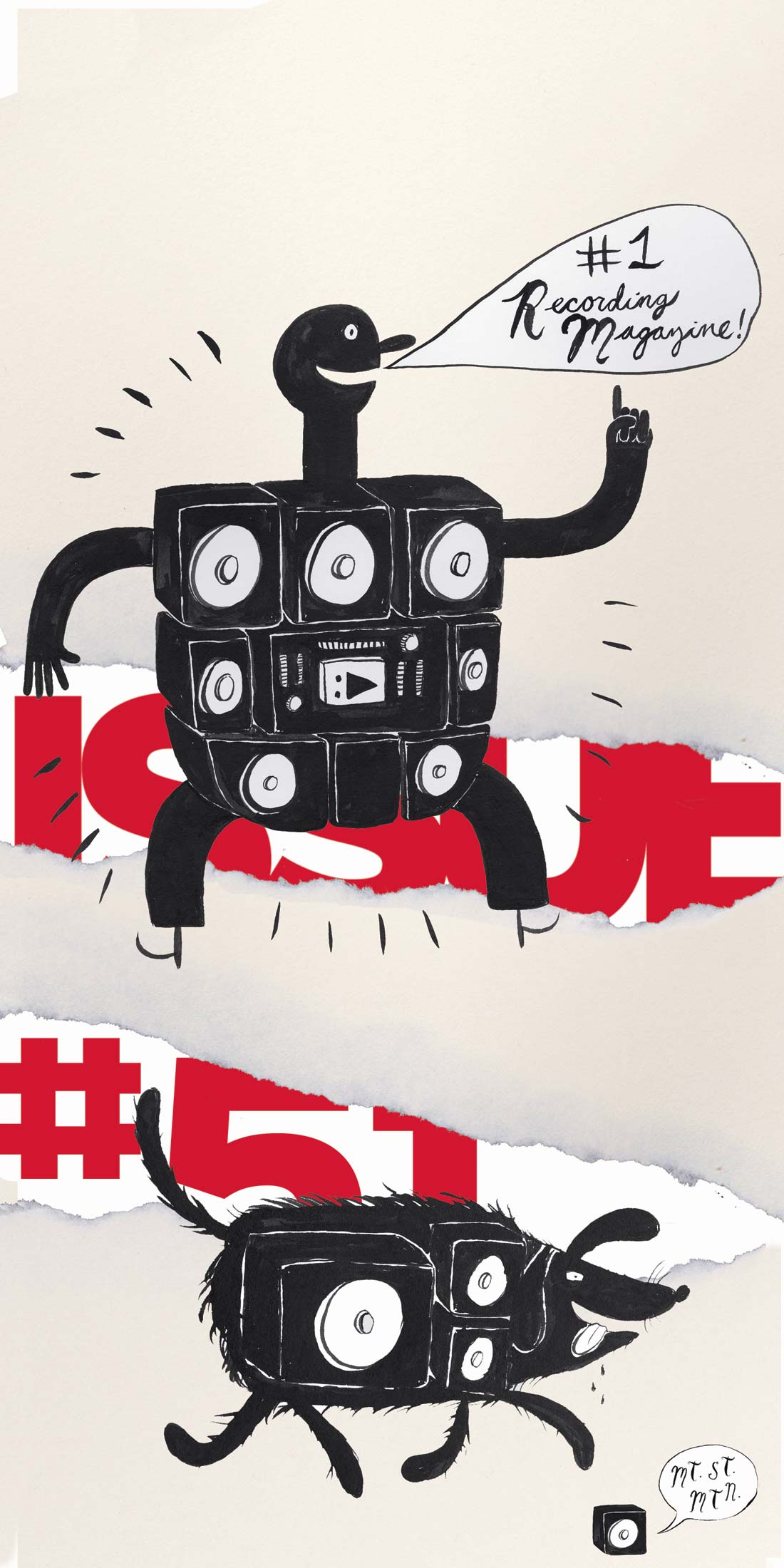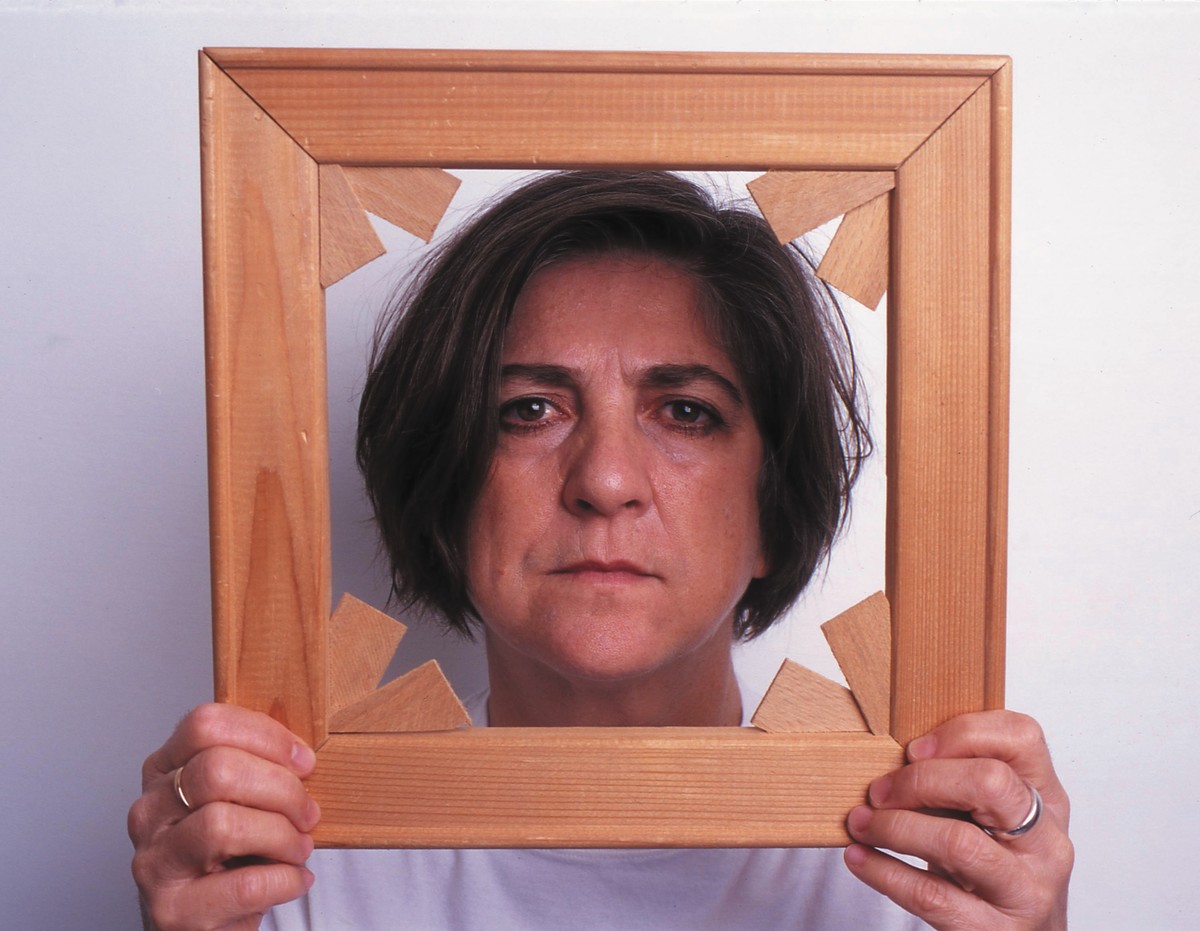In the post-punk landscape of the late '70s and early '80s, the Raincoats sounded like no one else. A British, all-female band that employed off-kilter rhythms, childlike melodies and searing violin, the Raincoats released four albums before disbanding in 1984. Ten years later, fan Kurt Cobain changed all that when he urged Geffen to re-release their albums. After a brief reformation, which yielded 1994's Looking in the Shadows, they called it quits again. Another decade has passed and Ana da Silva, former guitarist and singer with the Raincoats, has a solo record out on Germany's Chicks on Speed Records. The same spirit of experimentation and playfulness that guided her former band's musical output is evident in the fractured innocence of her new songs. Although the technology was unfamiliar to her, Ana recorded The Lighthouse in her flat using a sequencer, a digital 8-track and two microphones. The result is a mysterious, endearing record that fulfills her desire to "create worlds for the listener to roam in."
The Lighthouse is wonderful. What was your process in making it?
I had bits of ideas about some of the songs for a while, but I didn't know what I was going to do with them. We got the Raincoats together, and then stopped again, so I started looking into equipment to see if I could do a few bits more on my own. I came across the Yamaha QY70, which is a very small machine. It's about the size of a paperback or a videocassette and it's got a sequencer, more than five hundred sounds and a mini keyboard. I bought that to start working on things and I just worked with it and worked and worked, and started thinking, "This actually sounds quite nice as it is." So I played with each song a lot to make the sounds really good, and then I just decided to use it as the final thing. It's something you can use with batteries and headphones, and you can do it anywhere. It's pretty good!
What influenced you to pick out the Yamaha device? Did other people suggest it to you, or were you just fooling around in the store?
I just inquired a lot and went to the shops and looked at magazines, just trying to make heads or tails of things. I had to go to Portugal [a lot] at that point because of having to look after my mother — I thought it was something I would just take with me and work up ideas, but then I found out it was good enough in itself. They sell [the QY70] more as a songwriting device, but I think it's better then that, really. Then I bought a digital recorder, a Roland 8-track digital recorder. I put [the QY70] into it and then I recorded the voices with backing vocals and everything, all here in my flat. I just did it.
I like the different vocal tracks. I think they add a lot to the songs. There's a dream-like quality to several of the songs that's very intriguing, and the vocals sound warm and present. What kind of microphones did you use?
I used two mics. The first one was an AKG. It was a cheap mic, a bit like a ShureSM58-soI recorded most things with that mic, but then I thought, "The vocals don't always sound that great. I'll invest in a nice microphone." So I went and bought a Rode NTK. I had the AKG for many years — I remember buying it for us to rehearse with the Raincoats. It's only a cheap mic. But what happened with a few of the songs, when I actually recorded with the better mic, I just didn't interpret the songs as well as I did with that other one — it just didn't sound as nice and I thought, "Oh well, who cares if it's a cheap mic or an expensive mic?" So some of the songs are with the cheaper mic and some are with the NTK.
I noticed Stuart Moxham [Young Marble Giants] plays on the track "Modinha". Did you also record that on your digital 8-track?
No, that's the only song that I didn't do on the album. It was something that he was asked to do for a French label that was doing a tribute to [Antonio Carlos] Jobim. He thought it would be a good idea because I'm Portuguese and Jobim, being Brazilian — I'd be speaking the same language. He asked me which song I'd like to do and I chose that one. I went to his house and recorded the vocal and some slide guitar as well, which you can hear — that was me, everything else was Stuart. So it sounds a bit different, the voice is more up front and there's less reverb, but I just really liked it. So I thought I'd put it on the record.
What is your songwriting process, in general? Do you usually start with a rhythm, a melody or vocals?
When I was with the Raincoats, I used to first write the lyrics, pick up a guitar, play chords with it and just work...


